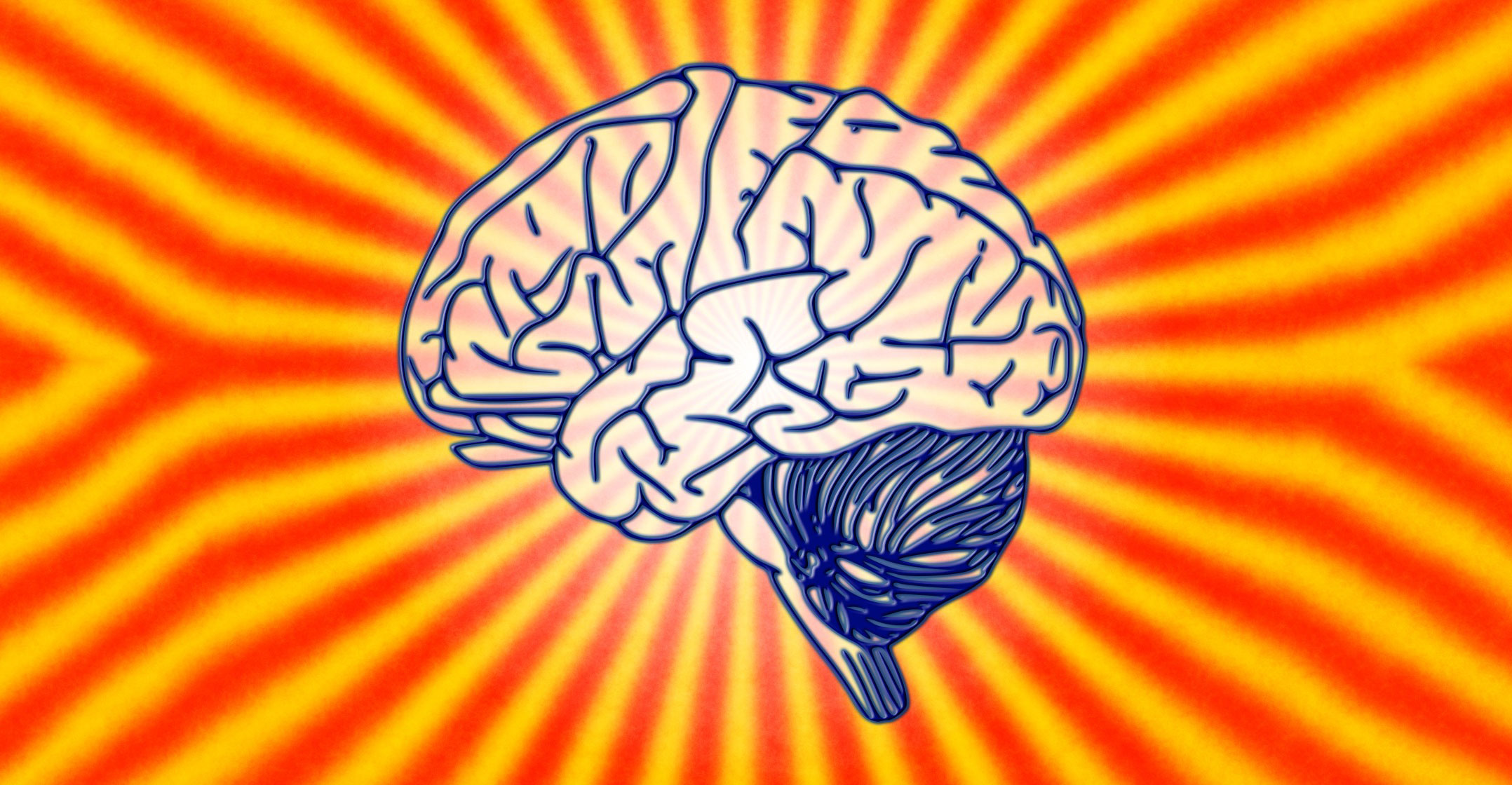
Nectome promises to preserve the brains of terminally ill people in order to turn them into computer simulations — at some point in the future when such a thing is possible. It’s a start-up that’s easy to mock. Just beyond the mockery, however, lies an important reminder to remain sceptical of modern artificial intelligence technology.
The idea behind Nectome is known to mind uploading enthusiasts (yes, there’s an entire culture around the idea, with a number of wealthy foundations backing the research) as “destructive uploading”: a brain must be killed to map it. That macabre proposition has resulted in lots of publicity for Nectome, which predictably got lumped together with earlier efforts to deep-freeze millionaires’ bodies so they could be revived when technology allows it. Nectome’s biggest problem, however, isn’t primarily ethical.
The company has developed a way to embalm the brain in a way that keeps all its synapses visible with an electronic microscope. That makes it possible to create a map of all of the brain’s neuron connections, a “connectome”. Nectome’s founders believe that map is the most important element of the reconstructed human brain and that preserving it should keep all of a person’s memories intact. But even these mind uploading optimists only expect the first 10 000-neuron network to be reconstructed sometime between 2021 and 2024.
So far, however, not much progress has been achieved in such reconstructions. “Didn’t anyone tell them that we’ve known the C Elegans connectome for over a decade but haven’t figured out how to reconstruct all of their memories?” Sam Gershman, a Harvard brain scientist, tweeted in response to a new story about Nectome. “And that’s only 7 000 synapses compared to the trillions of synapses in the human brain!”
Caenorhabditis Elegans is a tiny worm. It’s not particularly smart, and its memories aren’t complex, but it’s not “uploadable” yet.
According to Anders Sandberg of Oxford University’s Future of Humanity Institute, the human connectome could take up about 10 petabytes of storage. It would take some 283 000 such connectomes to match the total volume of information available on the Internet today. But, contrary to the confident predictions on the Nectome site, the map probably wouldn’t allow the complete reconstruction of the human brain. Experts are still arguing about how memories are stored, and many don’t believe a connectome describes all, or even most, of the ways in which the human brain operates. It’s not just that the technology to produce a human connectome doesn’t exist yet — there is plenty of uncertainty over what else might be needed for a “mind upload”.
Building a connectome is not the only approach to the task of mind uploading. Scientists are trying, for example, to map neurons’ firing activity over time; they are decades away from getting anywhere with a human brain.
And that’s even before scientists begin to contemplate philosophical issues, such as whether an uploaded mind will be the same personality as the original “owner” of the brain.
Biological machinery
The human brain may not be the most efficient form of intelligence; it needs a lot of biological backup machinery to make up for cells that die all the time, and its ability to store data is not as reliable as that of computers. Someday, many years from now, technology will probably exist that will be able to reconstruct the brain while cutting some corners for improved efficiency. But it’s unlikely to be able to replicate every nuance of perception, memory, emotion and intuition.
We often talk about today’s artificial intelligence — based on algorithms that essentially use the brute force of computers to crunch problems such as image recognition — as if it’ll soon replace humans at complex creative and communicative tasks. That kind of AI, however, will never do it. Progress along the same lines can produce smarter digital assistants than today’s Siri or Alexa. But a human, equipped with a computer, will still run circles around them because of the sheer, currently irreproducible complexity of the human brain.
I’d argue that a truly intelligent artificial entity — intelligent like a person, with all the versatility it implies — would need to run a relatively faithful reconstruction of the brain. Different kinds of intelligence than ours are possible, and they can be better than humans at some tasks, like playing chess or even safely driving a vehicle. But the human experience isn’t limited to the mechanical performance of tasks. It depends on flashes of brilliance, and often on failures, to advance mankind.
Recreating the human brain is the holy grail of artificial intelligence. So far, even the most extreme optimists of mind uploading see it only in the distant future. With all the AI hype, we tend to underestimate the supercomputers we carry around in our skulls. — (c) 2018 Bloomberg LP

